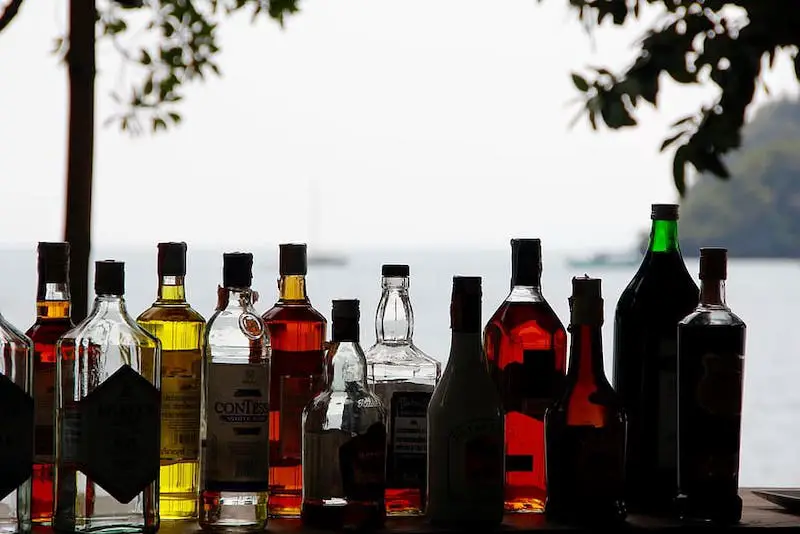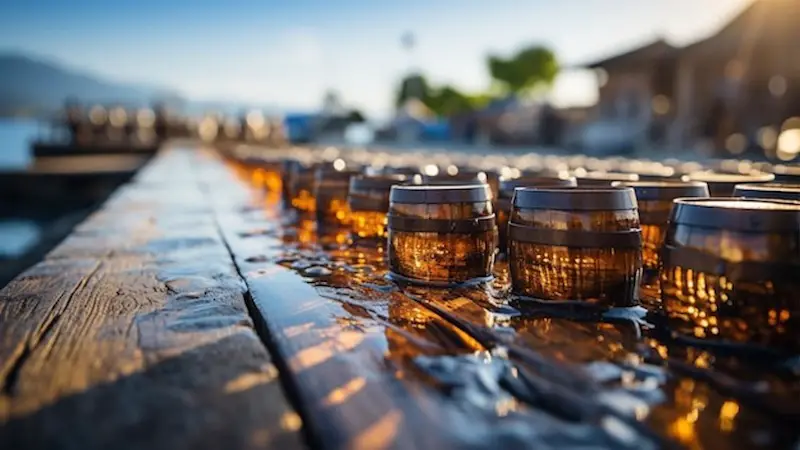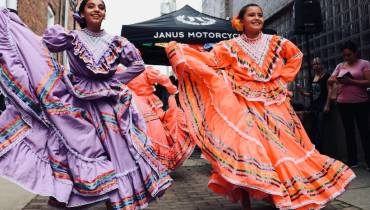Philippines Rich History with Rum - A Dive into Sugar & Spirits

Rum holds a significant place in history for millions of people around the world. In the Philippines, for example, rum shapes the nation's rich culture and traditions.
In this article, we take a deep dive into the historical significance, the art of rum making, iconic brands, cultural impact, and the future of rum in the Philippines.
Let’s begin the journey as we uncover the fascinating world of Philippine rum.
Historical Significance of Rum in the Philippines
The roots of rum in the Philippines can be traced back to the introduction of sugarcane, an essential ingredient for rum production. Early on, sugarcane was brought to the islands by Spanish colonizers in the 16th century. The Philippines' fertile lands and tropical climate proved ideal for cultivating the plant, leading to a boom in sugarcane production.
With the arrival of sugarcane, the Philippines became a hub for rum production in Southeast Asia. The Spanish colonizers recognized the economic potential of this new crop and established numerous sugarcane plantations across the archipelago.
The labor-intensive process of growing and harvesting sugarcane required a significant workforce, leading to the rise of large-scale plantation agriculture in the country.
The Philippines As a Rum Exporter

During the colonial trade era, rum became vital to the Philippines' economy. The abundance of sugarcane plantations allowed for producing vast quantities of rum, making it a popular export commodity.
Spanish traders recognized the profitability of rum and actively promoted its production and trade. As a result, the Philippines became a significant supplier of rum to the Spanish Empire and other European colonies in the region.
Rise of Port Towns and Cities
The success of the rum industry had a profound impact on the socio-economic landscape of the Philippines. It led to the growth of port towns and cities, where rum distilleries were established to meet the increasing demand. These urban centers became vibrant hubs of trade and commerce, attracting merchants worldwide.

Distinct Filipino Rum: A Blend of Climate and Tradition
As rum production expanded, the Philippines became known for its distinct rum varieties. The local climate and soil conditions influenced the flavor profiles of Filipino rums, giving them a unique character. This reputation for quality and diversity further boosted the country's rum exports. It solidified its position as a key player in the global rum market.
Rum and Revolution: Symbolism in the Fight for Independence
However, rum's historical significance in the Philippines extends beyond its economic impact. As the country underwent a revolution against Spanish rule, rum also played a symbolic role in the fight for independence. Many Filipino revolutionaries found camaraderie and courage in sharing a rum drink, using it to boost morale and forge stronger bonds among their comrades.
Raising a glass of rum symbolized resistance and unity for the revolutionaries. It represented their shared struggle and determination to break free from colonial oppression. Rum became a powerful tool for fostering a sense of solidarity among the Filipino people, transcending social and regional divisions.
Today, the legacy of rum in the Philippines continues to thrive. Filipino rum brands have gained international recognition for their craftsmanship and unique flavors.
The country's rich history and cultural heritage are intertwined with the story of rum, making it an integral part of the Filipino identity.
The Art of Philippine Rum Making

The production of rum in the Philippines is steeped in both traditional methods and modern innovations. Traditional rum making involves distilling fresh sugarcane juice or molasses, fermenting it with yeast, and then aging it in oak barrels. This method produces rich and full-bodied rum with distinct flavors.
However, modern advancements in distillation techniques have also made their mark on Philippine rum-making. Some distilleries have adopted modern techniques, such as column stills and multiple distillation processes, to create unique and refined flavors. These innovations have contributed to the growth and diversification of the Philippine rum industry.
Iconic Philippine Rum Brands
While many enthusiasts might initially turn to buy scotch whisky online in the Philippines, the allure of Filipino rum cannot be overlooked. Tanduay, one of the oldest and most iconic rum brands in the Philippines, has a rich history dating back to 1854. Its legacy is built on the time-honored tradition of rum making, producing exceptional quality rums enjoyed by generations of Filipinos. Tanduay's distinct flavors and smoothness have made it a beloved brand in the country.
Don Papa, a relatively new player in the Philippine rum scene, has quickly gained popularity both locally and internationally. Crafted with premium sugarcane from the fertile fields of Negros Island, Don Papa offers a unique and modern take on Philippine rum. Its smooth and fruity profile has captured the hearts of rum enthusiasts worldwide.
You can grab these alcoholic favorites from Thirst: Philippine's First Online Liquor Marketplace, a unique kind on the market offering products from top-rated merchants in the country.

British-Filipino actor, model, and Tanduay Rum’s long-time endorser Derek Ramsay.
The Cultural Impact of Rum in the Philippines
Rum holds a special place in Filipino celebrations and festivities. It has become synonymous with fun, joy, and togetherness. From birthdays to holidays, rum is often present in traditional cocktails or enjoyed straight. The vibrant and festive nature of rum aligns perfectly with the warm spirit of Filipino culture.
Rum has also made its mark in Philippine literature and art. Many Filipino writers and artists have been inspired by rum's rich history and cultural significance, incorporating it into their works. Rum symbols often represent resilience, camaraderie, and the enduring spirit of the Filipino people.
The Future of Rum in the Philippines
The Philippine rum industry is experiencing a renaissance with the rise of craft rum distilleries. These smaller-scale producers create unique flavors and experiment with different aging techniques. Craft rum distilleries offer a more personalized and artisanal approach to rum making, appealing to discerning rum enthusiasts.
As Philippine rum gains recognition globally, its demand continues to grow. Rum connoisseurs worldwide are discovering the exceptional quality and diverse flavors of Philippine rum. This increased global recognition further fuels the development and expansion of the Philippine rum industry.
In line with sustainability efforts, rum distilleries in the Philippines also embrace eco-friendly practices. From utilizing renewable energy sources to implementing waste management systems, these distilleries are actively working towards reducing their environmental impact.
The commitment to sustainability ensures that the future of rum production in the Philippines remains responsible and environmentally conscious.
In Conclusion
Rum has played a central role in shaping the history and culture of the Philippines. From its early beginnings with sugarcane to its significant contribution to trade and independence, the story of Philippine rum is woven into the nation's fabric.
With its rich flavors, iconic brands, cultural impact, and promising future, Philippine rum continues to celebrate the country's heritage and spirit. So, raise a glass of Philippine rum and toast to the fascinating journey of sugar and spirits.




















